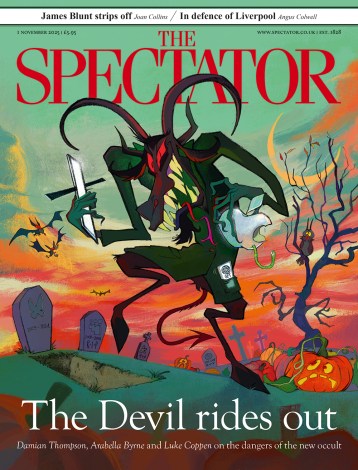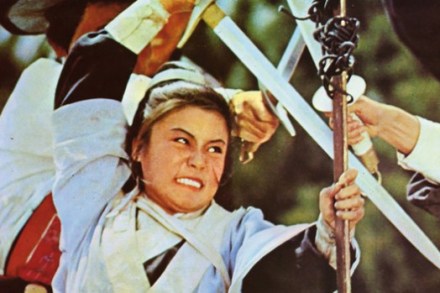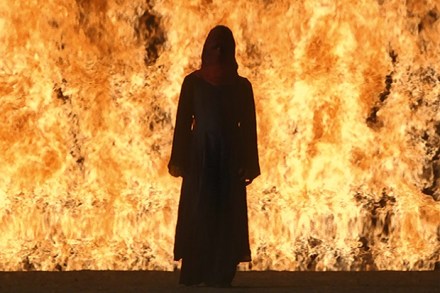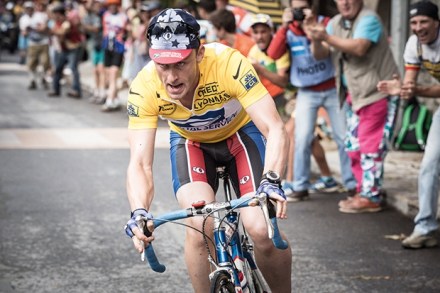Darth Vader is dirty and it’s not just me that thinks so
Malcolm Tucker delivered the best description of Star Wars, in The Thick of It: ‘The one about the fucking hairdresser, the space hairdresser, and the cowboy. The guy, he’s got a tinfoil pal and a pedal bin. His father’s a robot and he’s fucking fucked his sister. Lego, they’re all made of fucking Lego.’ He didn’t mention that Star Wars is really about Henry Kissinger. It was written by George Lucas, grossed $33 billion over six films, with merchandise, founded a new and stupid religion called Jedi, which, in the 2001 census 0.8 per cent of the population of England and Wales said they identified with, and invented the Star



















